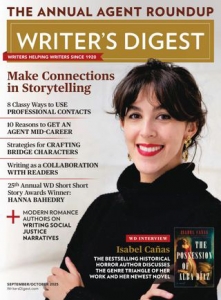Content to Get Them Going
“You can lead a horse to water, but you can’t make it drink”, Charlotte Westerhaus-Renfrow, in an IBJ piece, reminds business owners eager for employees to “take a long, confident gulp from the digital watering hole”. Getting employees onboard, though, is a human problem, not one of the technology itself, the author maintains, reviewing Robert Caldini’s six principles of persuasion to explain how each of those principles can be used to gain AI “buy-in” from employees.
Realizing that those same six principles can be applied to content marketing, I’m devoting this week’s Say It For You blog posts to showing just how I believe that can be accomplished….
Make it approachable – Success stories from employee champions who are approachable, not just tech experts, will resonate more deeply than top-down memos, Westerhaus-Renfrow explains. When it comes to content marketing, I call that “reaping testimonials of the right kind”. Testimonials in general help your business in two ways – not only helping prospects decide to do business with you, but also fostering commitment from those providing the testimonials. At Say It For You, we believe a testimonial is most “approachable” and believable when it’s actually created by (not only approved by) the customers themselves.
Show the payoff early – Demonstrate immediate value, the author cautions. I remember a National Speakers Association teacher saying that “Customers do not want your products and services – they want what those products and services will do for them”. You might say that content marketing is all about demonstrating value. Although “listicles” can be popular with readers, that’s true only if the information appeals to searchers’ (how-do-I-?)..immediate interests.
Use the principle of scarcity – Highlight immediate opportunities that may be “going away”, Westerhaus-Renfrow advises. In content marketing, calls to action (CTAs) often use imperative verbs designed to provoke immediate positive action: find out more, call now, provide contact information, etc.. creating a sense of urgency around the offer.
No, having led them to the water, you still cannot make them “drink”. But sharing knowledge and showcasing business owners’ and practitioners’ experience and expertise can certainly help “get them going” towards taking a sip.






Follow us online!